Although this device can be used in a wide range of retro systems, one of the projects that I think could benefit the most would be the MiSTer, an FPGA for which multiple cores of consoles, computers and arcade machines have been developed.
MonochromeRGB allows several possible configurations of use:
- VGA to VGA passively, without the need for any power supply, as MonochromeVGA
- SCART to SCART, also without the need for any power supply
- VGA at 15.7Khz horizontal frequency to SCART with automatic 4:3 <-> 16:9 aspect change for compatible TVs, being necessary 5V power supply via microUSB or from the VGA connector itself. This is possible thanks to the implementation of another project, called The ultimate VGA to SCART adapter
- If the VGA input has 5V on pin 9, an external power supply would not be necessary on the MicroUSB connector.
The device consists of two modules, FilterRGB and VGA2SCART:
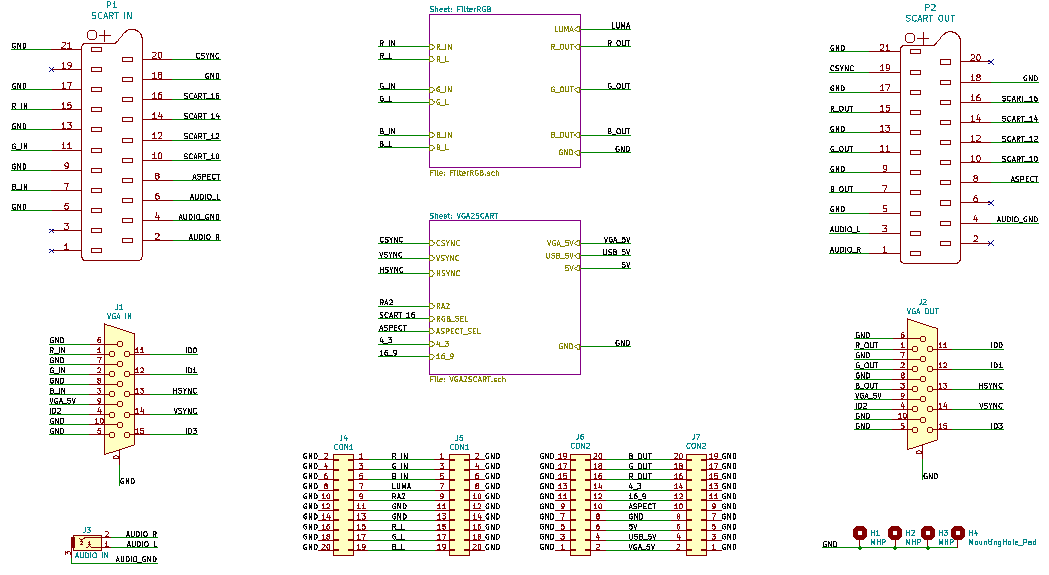
The FilterRGB part is based on the MonochromeVGA project, but with some changes and improvements:
- Each RGB color has three resistors that are combined according to the position of a five-position rotary switch to have three intermediate intensities in addition to the complete disable or enable of each color.
- Unlike MonochromeVGA, in this project I have chosen to dispense with the four necessary diodes to avoid the RGB signals return and mixed in color mode. And I have done it this way because in this way it is possible to establish some more than interesting palette changes in certain retro systems, as we will see below.
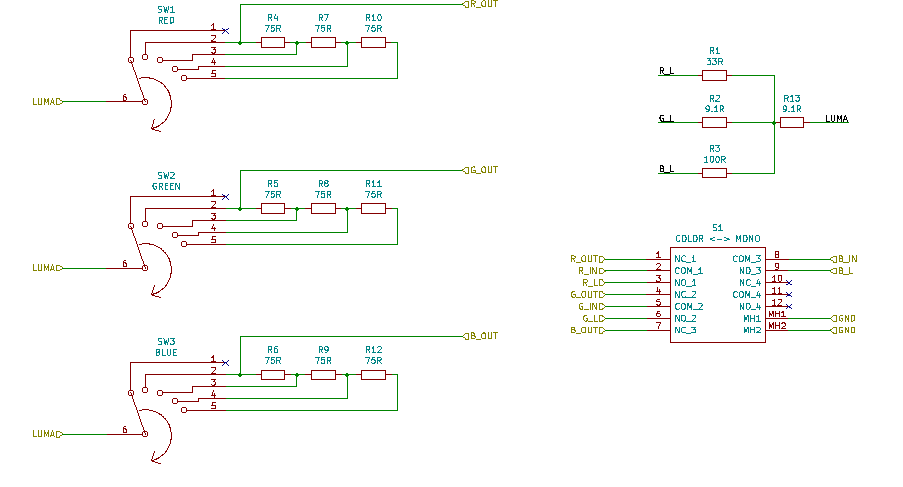
The VGA2SCART module is based on the project The ultimate VGA to SCART adapter, in which I will not go into detail because it is perfectly explained in the Hackaday link:
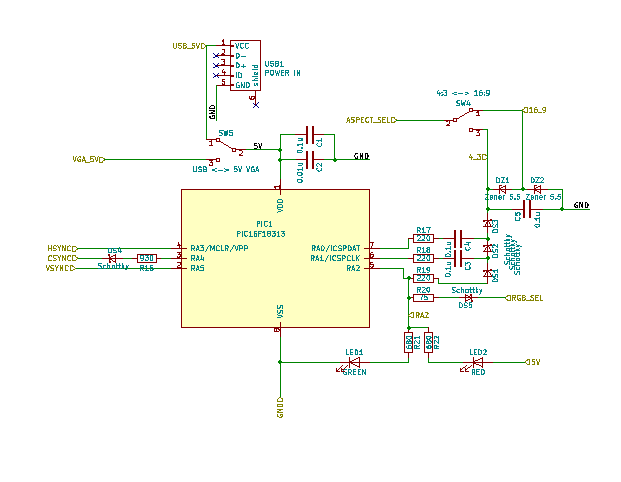
The SCART output can present a slight noise in the image, although some TVs could filter it completely and not be visible, I have also decided not to apply any type of filter on this output, because the noise is very slight and gives a certain retro look, nice and very nostalgic in my opinion.
The board has been divided into two parts and different height:

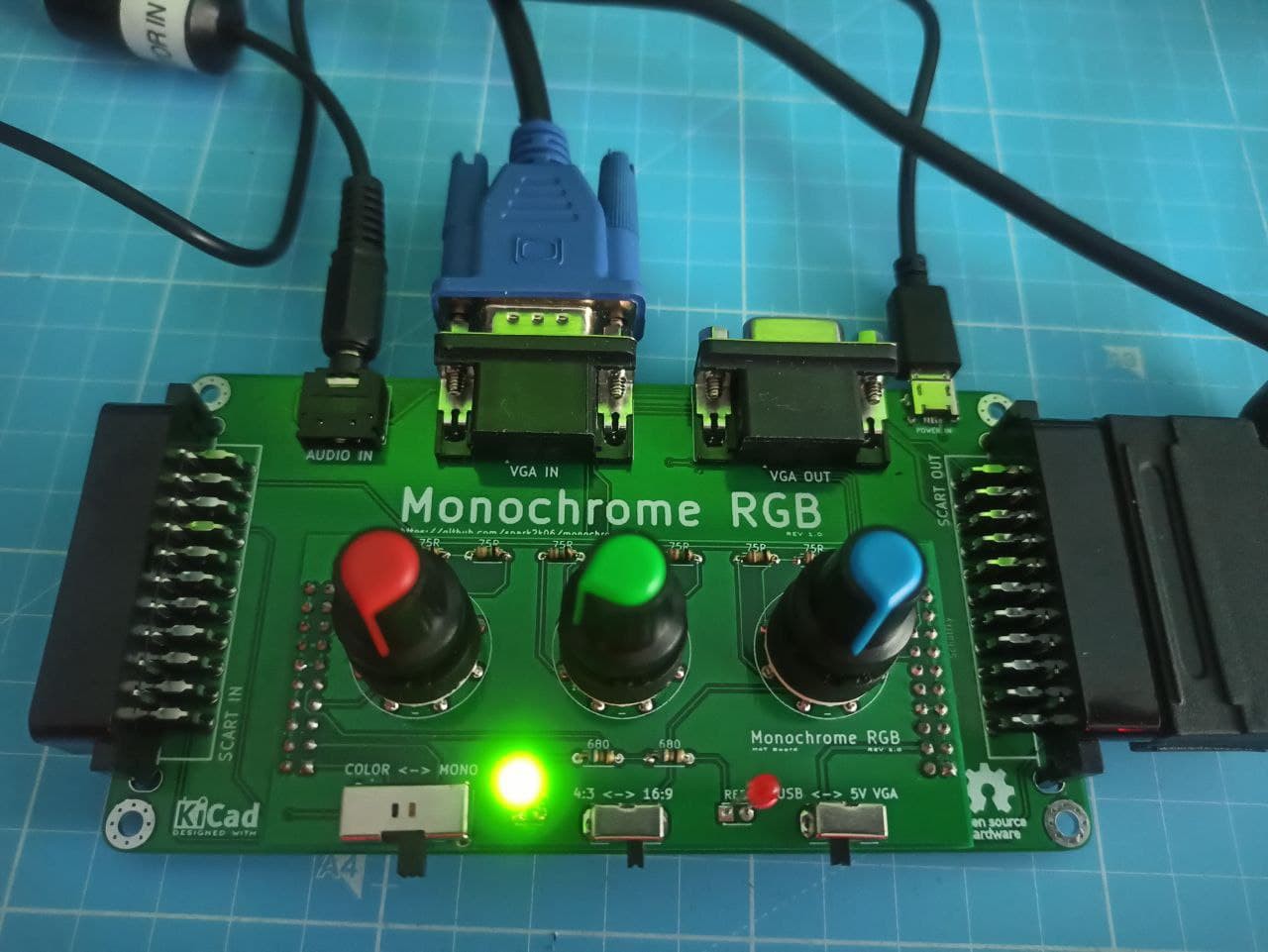
By the way, in this first version of the upper PCB, the signals of the 4:3 <-> 16:9 changeover switch are inverted, something of little importance since at a functional level it is correct.
And finally, a great presentation video made by Invertigo:
The magnificent design of the 3D case is the work of Agustín Gallego, who, as with MonochromeVGA, I must congratulate him on this great work.
YouTube allows you to activate subtitles and translate them into English without problems, which is more than acceptable. Although not mentioned in the video, with some RGB combinations in color mode it is also possible to make interesting palette changes in certain retro systems:
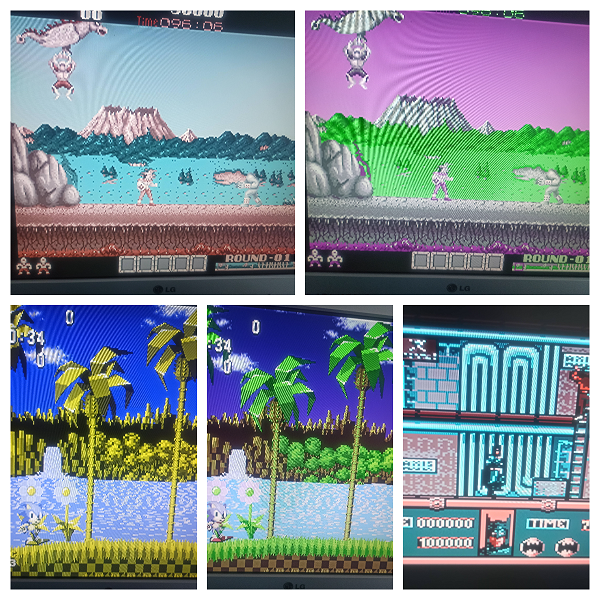
 Aitor Gómez García
Aitor Gómez García



 Marius Taciuc
Marius Taciuc
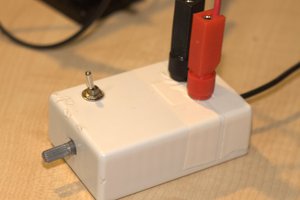
 J3TTBlack88
J3TTBlack88
 Joel Newman
Joel Newman
I don't think it will be a problem. Many VGA devices can be configured to work at 15.7Khz, including the raspberry pi SBC, Intel, ATI and Nvidia video cards or the MisTer FPGA board. What device are you using?